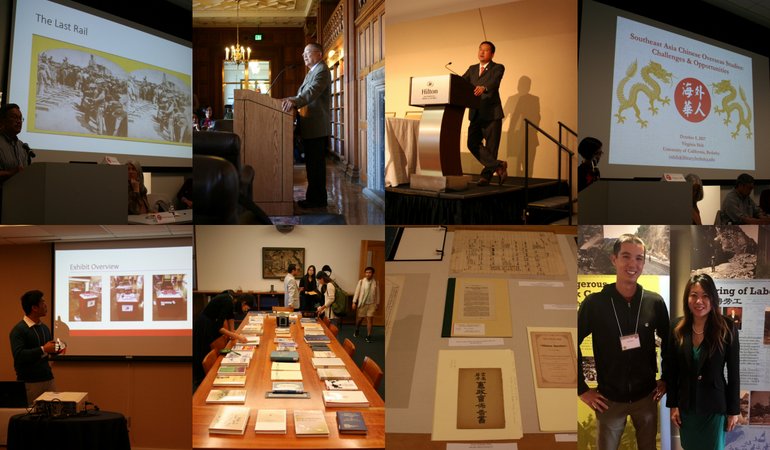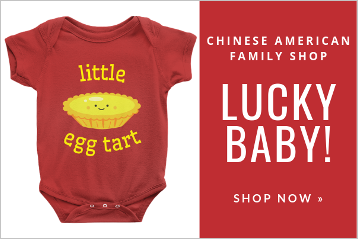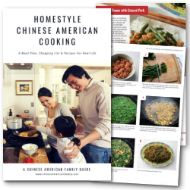This article is part of our series on Chinese American History. Sign up for our newsletter to receive family-friendly activity, recipe and craft ideas throughout the year!
“There are so many ways to be Chinese American,” Frank Wu affirmatively declared during his opening keynote at the Chinese Historical Society’s This Land Is Our Land conference in San Francisco. Indeed, building a sense of shared history and common experience within a diverse Chinese American community was a recurring theme during the day’s events.
Chinese American stories remain underrepresented in the retelling of mainstream American history through textbooks, the media and cultural institutions. As a result, academic conferences like This Land Is Our Land, and others like it, exist as important forums for the Chinese American community to explore its experience in this country and for individuals to find their places in the group.
Reflections about this balance between diversity and cohesion from this year’s This Land Is Our Land conference and its pre-conference symposium at UC-Berkeley follow below.
There are many “Chinese Americas.”
The distinct waves of Chinese immigration are the primary drivers of the community’s diversity. Early Cantonese immigrants differ from post-1965 immigrants from Taiwan and mainland China, as well as post-1980 members of the transnational Chinese diaspora. Add multicultural families, multiracial children and adoptees to the mix, and you have amazing diversity within a community that didn’t even identify as Asian American or Chinese American until the late 1960s at the earliest.
Academic frameworks are still in process.
Chinese American and Chinese diaspora studies remain a niche discipline under the umbrella of Asian American and international Asian studies. College curriculums remain Euro-centric, leaving the study of China and its diaspora neglected, underfunded and spread thinly. Funding is the key to the future growth of Chinese American studies within academia.
China looms large, but remains misunderstood.
The “rise of China” is accompanied by the “threat of China” in the American consciousness. The media emphasizes human rights in its coverage, without grasping the scale and pace of economic growth in China. Efforts to build understanding between China and the United States remain unbalanced — while 300 million Chinese study English today, only 100,000 Americans study Chinese. Chinese Americans bear the burden of this asymmetry.
The unanswered question: assimilate or diverge?
The first phase of the Chinese American experience was about overcoming stereotypes and becoming accepted as Americans. The latest Chinese immigrants, members of a transnational professional elite, may in some ways embrace old stereotypes, rather than reject them. The model minority myth as Chinese exceptionalism, the sojourner mindset as hedging a bet with an ascendant China and affirmative action as penalizing Chinese Americans. Is this just the latest evolution in the Chinese American experience or a fundamental change in direction?
Walking home after the conference, I was left considering the value of a shared Chinese American history and experience. After all, the group’s diversity makes it easy to create separate narratives down to the regional, village and family level.
To me, shared history and cultural practices are the foundation for community. As a multiracial Chinese American, I feel linguistic, socio-economic and cultural differences acutely because of my own minority experience within the community. Nevertheless, feeling part of a shared history of struggle, activism and achievement creates bonds of affection and makes it possible for me to advance a distinct Chinese American identity, both as an individual and as a member of a community.
Your turn! What value do you see in a shared Chinese American history and community identity?





Leave a Reply